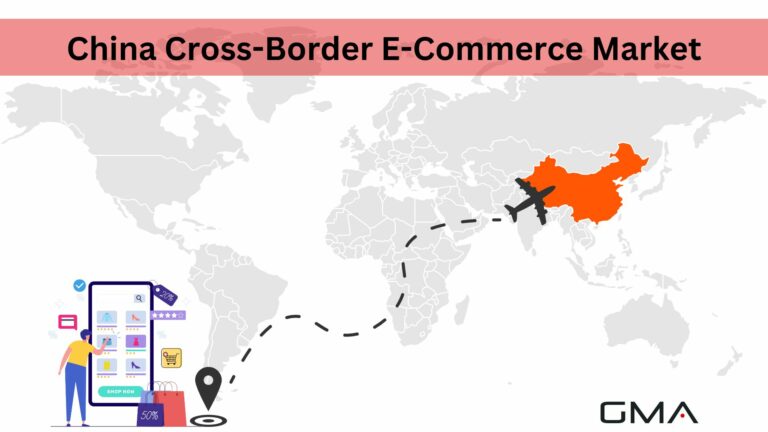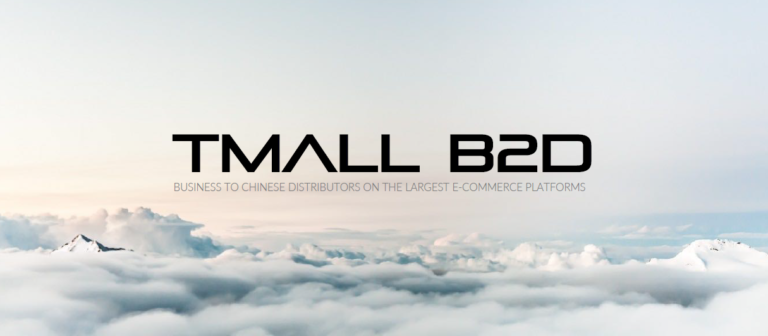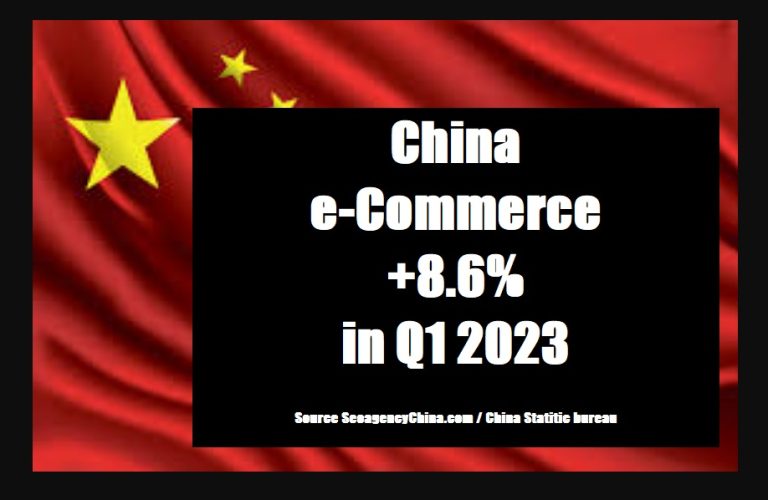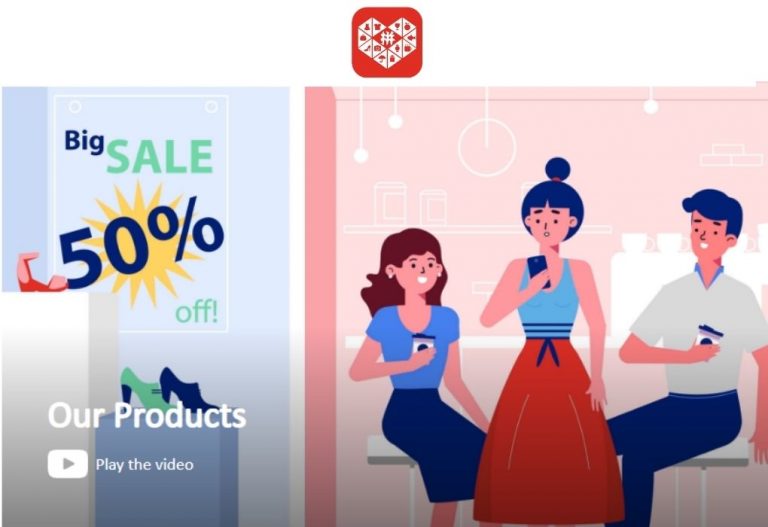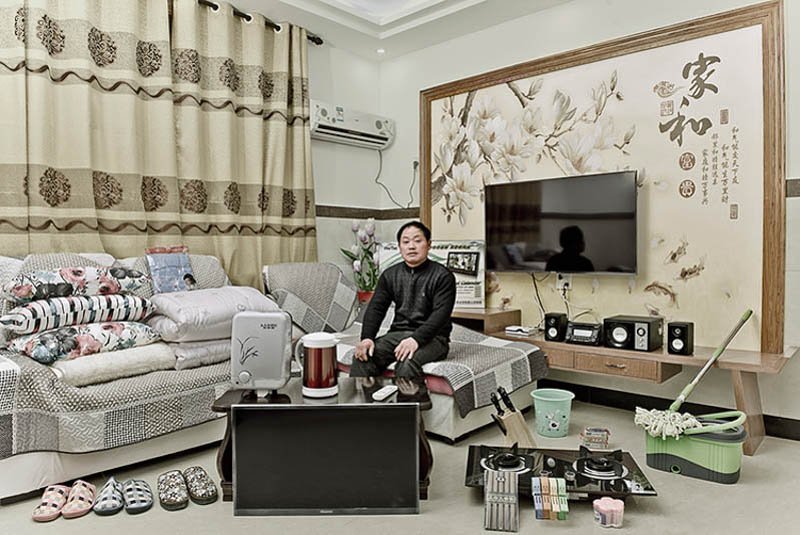What are the e-commerce beauty trends in China?
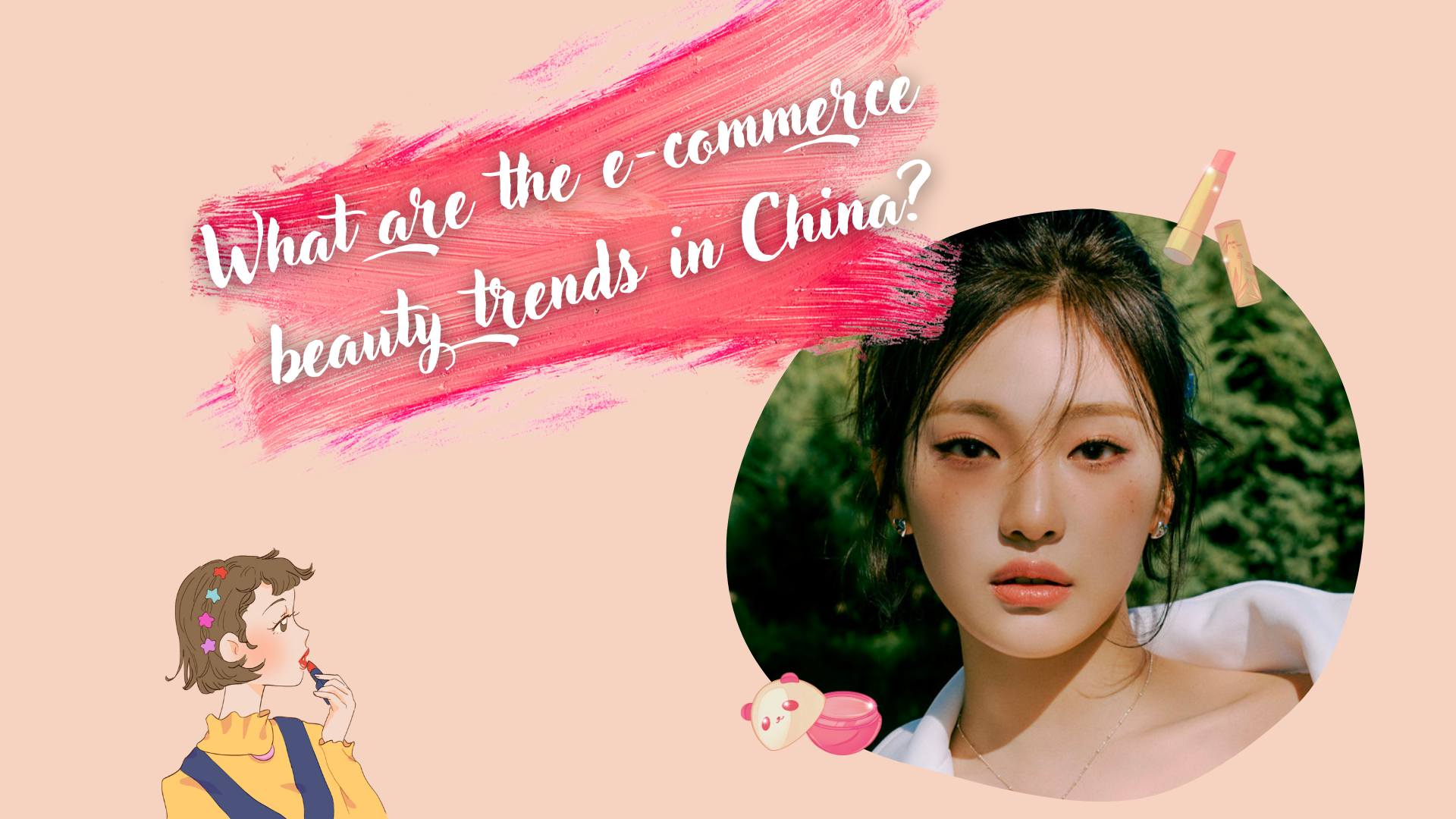
Over the past few years, the Chinese beauty market has experienced a remarkable transformation, largely driven by the rapid growth of e-commerce. China is set to become the world’s largest market for beauty products. As customers become more sophisticated and develop more unique tastes the rise of China’s consumer class has presented something even more promising for beauty brands: a massive, fast-growing market of people who increasingly want to buy expensive products.
Platforms like Tmall, JD.com, and WeChat have made it effortless for Chinese consumers to access a wide range of beauty products from both local and international brands.
Cost-Effective Agency
KPI and Results focused. We are the most visible Marketing Agency for China. Not because of huge spending but because of our SMART Strategies. Let us help you with: E-Commerce, Search Engine Optimization, Advertising, Weibo, WeChat, WeChat Store & PR.
Skincare products have particularly gained popularity, as Chinese consumers prioritize skin health and are willing to invest in high-quality skincare items. This has led to the rise of both local and international skincare brands, as well as the introduction of innovative products tailored to the Chinese market.
The e-commerce beauty industry in China is continuously evolving, with new trends and innovations emerging regularly. Chinese consumers appreciate the convenience and variety offered by e-commerce platforms for their beauty needs, including skincare, makeup, and personal care products.
The Chinese Market Overview
E-commerce Chinese beauty trends have been rapidly evolving, reflecting the changing consumer preferences and habits. One of the notable trends is the surge in online beauty shopping, with more Chinese consumers turning to e-commerce platforms for their beauty needs.
It’s because consumers when looking to buy products on the Internet are looking to save time and money. Actually, it’s much easier to buy online in China than in the West for example as the delivery (to only mention one point) is much faster. Chinese consumers are as well very sensitive to prices and they will not hesitate to check products in an offline store and then buy it online if it’s cheaper.
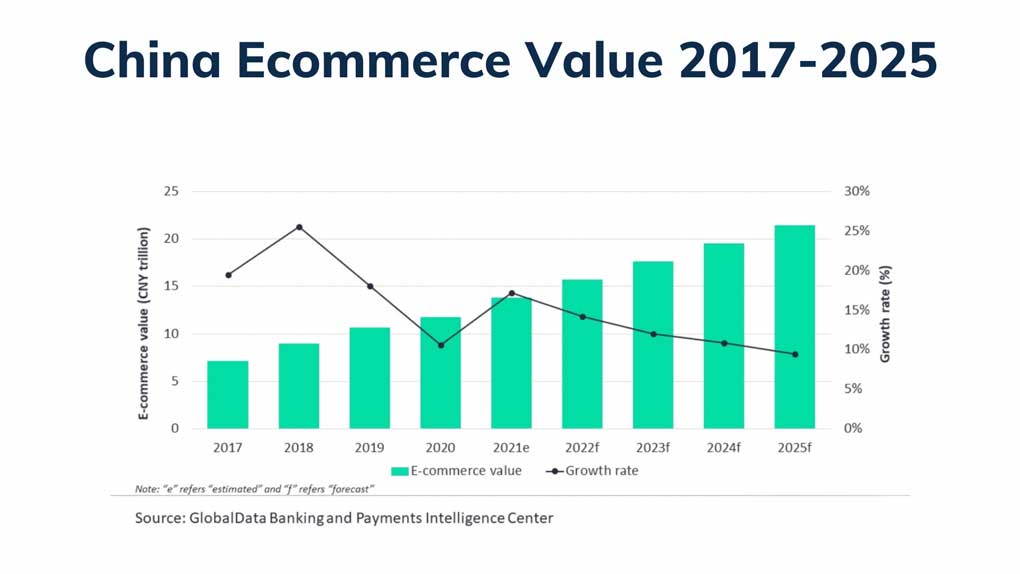
This shift can be attributed to the convenience, wide product selection, and competitive pricing offered by online retailers. Additionally, social media and influencer marketing play a significant role in shaping beauty trends in China.
Beauty brands are leveraging platforms like Weibo and WeChat to connect with consumers, showcase their products, and engage in interactive marketing campaigns. Furthermore, there is a growing demand for organic and natural beauty products, as Chinese consumers are becoming more conscious about the ingredients they put on their skin.
Overall, e-commerce has become a game-changer in the beauty industry in China, providing consumers with easy access to a wide range of products and driving innovation in marketing strategies.
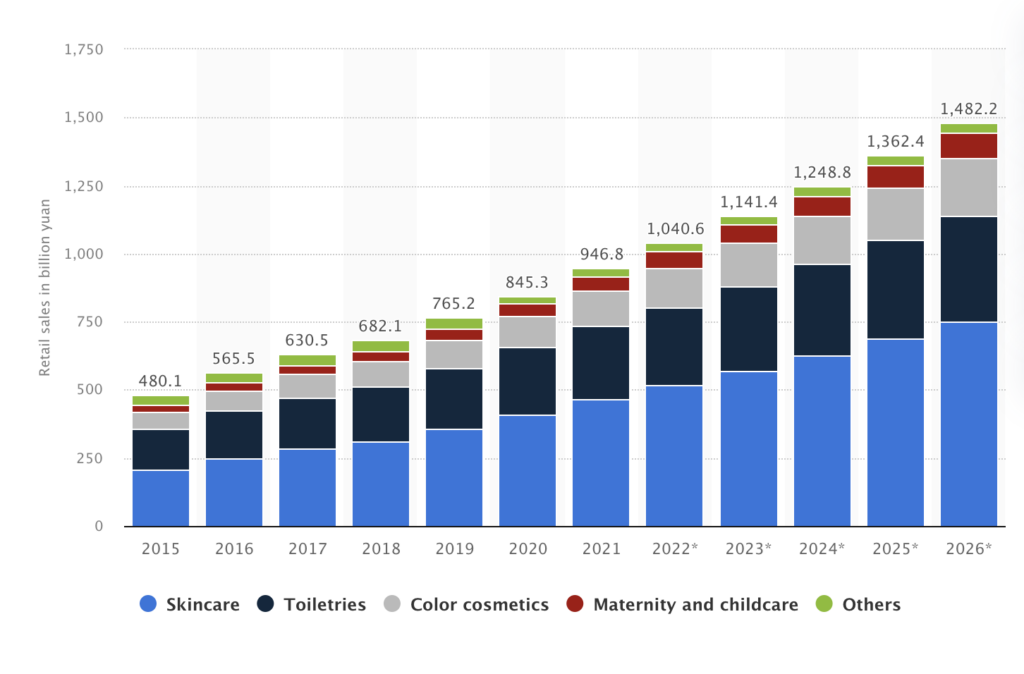
China’s cosmetics market has witnessed steady growth in the past years. In 2021, the retail sales value of cosmetics was approximately 950 billion yuan. Skincare was the most prominent product segment, accounting for half of the cosmetics retail sales. China’s cosmetic retail market is estimated to expand to about 1.48 trillion yuan in 2026.
Chinese Cosmetics Brands vs International Cosmetics Brands
Typical foreign brands such as Lancome, Estee Lauder, SK-II, and Olay topped the sales rankings on Tmall during last year’s Singles Day, but local Chinese brands such as Pechoin, Chando, and One Leaf also placed at the top too.
While international brands have more capital to invest in research and technological development and long-term branding, Chinese brands are known for their high quality-to-price ratios and are popular in smaller cities, where they tend to have stronger offline retail networks.
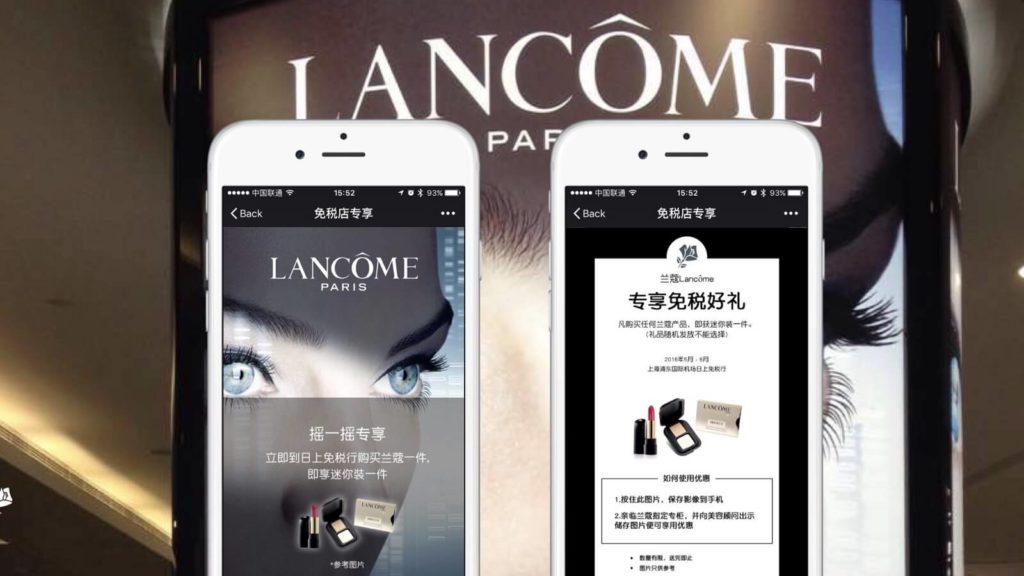
A generation ago, most Chinese consumers bought almost everything at local state-owned stores, where both selection and supply were limited. Today, the preferences have changed. They not only have access to a wider selection of local retailers selling products from around the world, but also online retailers available at the touch of their smartphones.
Consumers are becoming more sophisticated and with rising incomes, Chinese shopping tours to Paris, Milan, New York, and London have become very trendy entertainment.
What are the eCommerce Beauty Trends in China?
Cosmetics Brands Will Benefit from Consumers Upgrading Their Makeup Routines
More than 36% of Chinese cosmetics customers are adding steps to their makeup routines, according to a report published by the Chinese e-commerce site Ebrun.com.
They are progressing from “basic” makeup items including lipstick, BB cream, and perfume, and starting to purchase “advanced” items such as foundation, makeup tools, and eyeshadow. These items often require makeup tutorials. And here are KOLs to provide live streaming or short videos to educate customers.
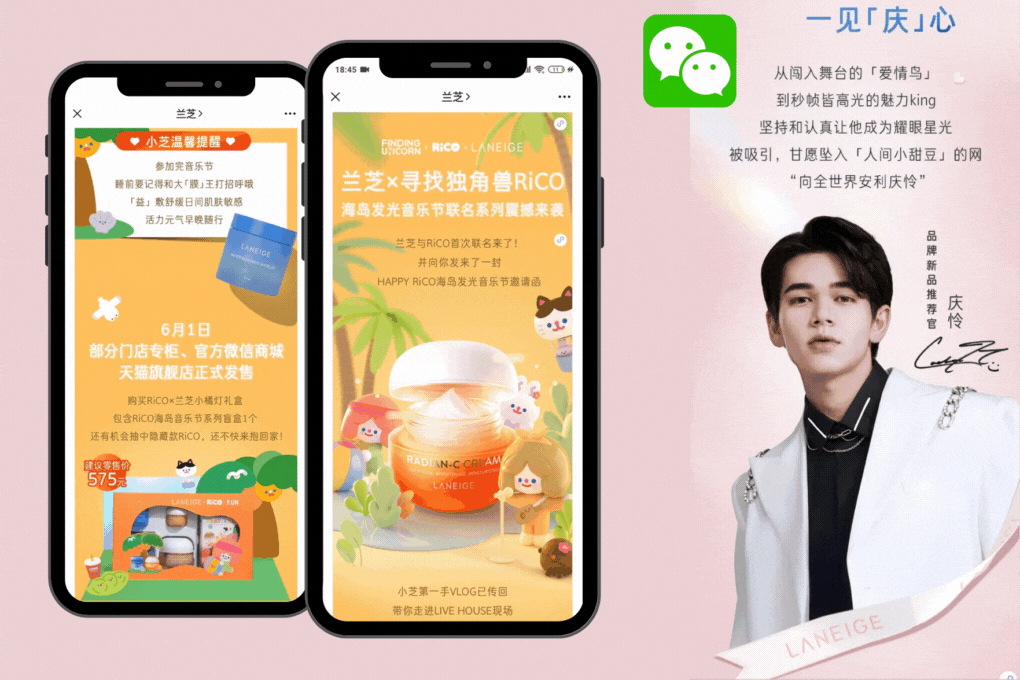
Brands with Bold Offerings Let Consumers Differentiate Themselves
Chinese want to differentiate themselves from their peers and are more open to adopting bolder looks.
For example, strawberry pink lipstick has been most popular in past years, but this year bold red has become the dominant color of choice for women’s first lipstick purchases. Popular product lines include M.A.C.’s Ruby Woo, Dior 999, and Tom Ford’s Ruby Rush #07.
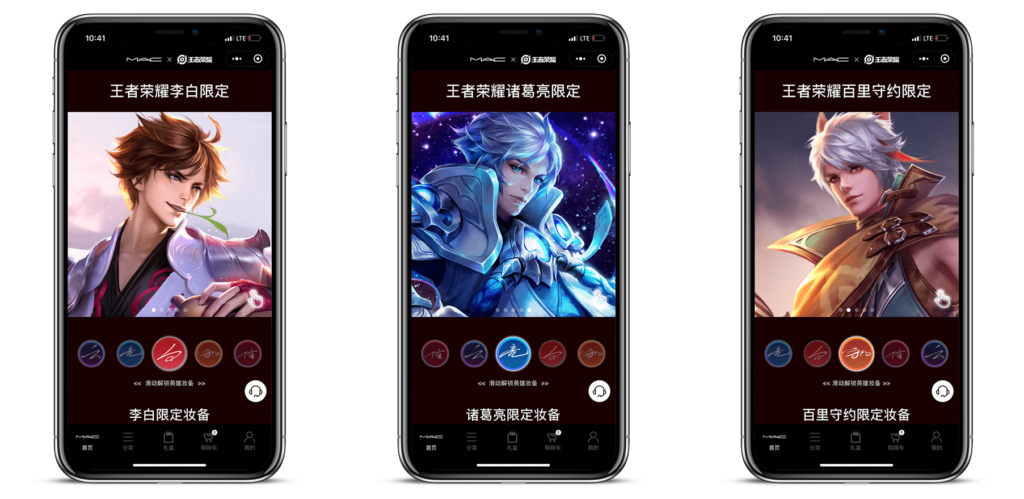
Other emerging colors also include mermaid pink, grapefruit, and pumpkin, all eclectic colors that indicate Chinese consumers’ growing interest in differentiating themselves.
Of course, some lipstick products have become popular after being associated with certain characters on TV dramas, such as The Legend of Fuyao, a popular ancient China drama series that stars celebrity Yang Mi, who is also an ambassador for Estee Lauder and Michael Kors. Estee Lauder and Yang Mi launched a new line of lipsticks that have been boomed on the popular TV series.

The same goes for color cosmetics. Nars Cosmetics, owned by Japan-based Shiseido, launched an “Orgasm” makeup line late last year.
The line includes provocatively named products such as “Do Me Baby” lip pencil and “Sexy Fantasy” blush.
One more example is one skincare brand The Ordinary. The brand has become known amongst Chinese beauty trendsetters for selling simple, high-quality products at near-cost prices.
Chinese Brands Are Growing Rapidly, But International Brands Will Still Dominate the High-End Market
While some famous foreign brands succeed in integrating into the Chinese cosmetics market, they have to share it with local ones which has huge benefits.
Chinese consumers have higher demands and expect them to be satisfied. Consequently, local brands get more keys in order to understand their needs. Then, local brands have the possibility to study the society around them. It’s easier to communicate with them and to adapt strategy quickly.
However, Chinese consumers are more and more connected and spend a lot of time on e-commerce platforms and social media. So, despite Chinese brands will continue to grow rapidly, international brands will still dominate the high-end skincare and cosmetics market.
Foreign vs Chinese Makeup Styles
Chinese makeup style is known for its delicate and natural look, focusing on enhancing one’s features rather than creating dramatic transformations. The emphasis is placed on achieving a flawless complexion, with a focus on brightening and lightening the skin tone.

Chinese women often use beauty products that contain ingredients like pearl powder and ginseng, which are believed to have nourishing and brightening effects.
In contrast, foreign makeup styles often lean towards more bold and expressive looks. Western beauty trends often involve contouring, highlighting, and experimenting with vibrant colors. The aim is to create a more sculpted and defined appearance, with a focus on dramatic eye makeup and bold lip colors.
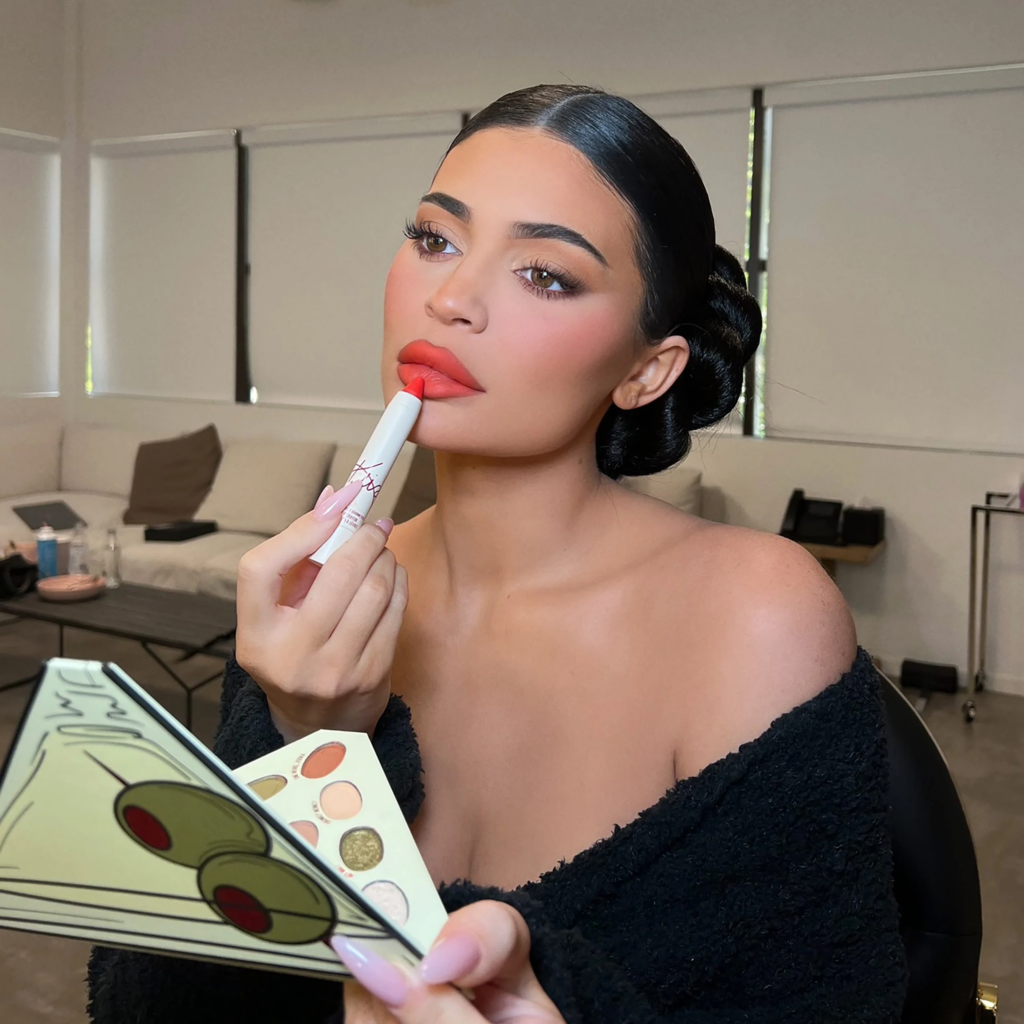
When it comes to beauty product trends in China, there has been a rise in the popularity of skincare products that cater to specific skin concerns, such as whitening and anti-aging. Chinese consumers also value natural and organic ingredients, as well as products that offer multi-functional benefits.
In recent years, there has been a growing interest in K-beauty products, with Korean skincare routines gaining popularity among Chinese consumers.
Overall, while Chinese makeup style leans towards a more natural and subtle look, foreign makeup styles tend to embrace boldness and experimentation. However, with the globalization of beauty trends, there is an increasing overlap and exchange of ideas between different cultures, leading to a diverse range of makeup styles and product preferences in China.
KOL Effect/KOL Marketing
Key Opinion Leaders (KOLs) have a significant influence on e-commerce beauty trends in China. KOLs are individuals who have gained a large following on social media platforms, such as Weibo and WeChat, and are considered experts in their respective fields. In the beauty industry, KOLs play a crucial role in shaping consumer preferences and driving product sales.
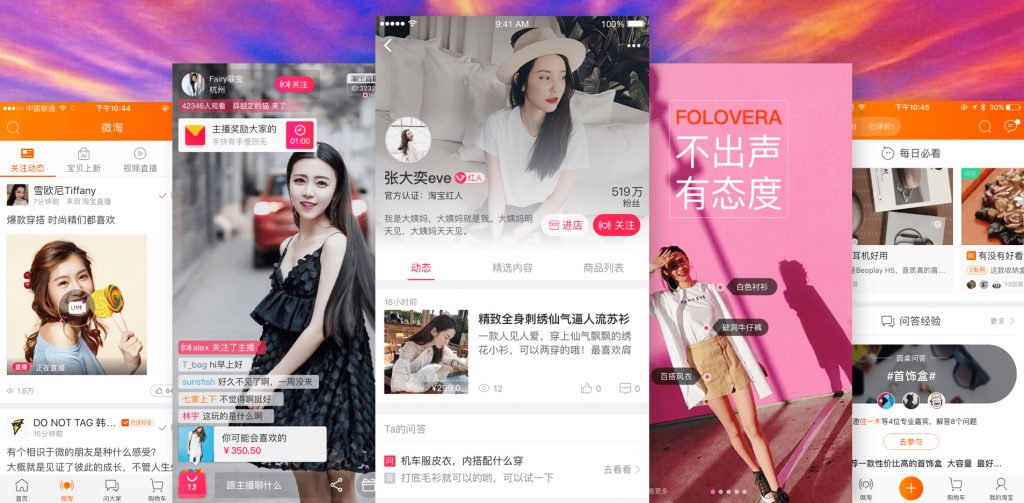
KOLs in China often collaborate with beauty brands to promote their products through various online channels. They create engaging content, including product reviews, tutorials, and demonstrations, which resonate with their followers. Their recommendations are highly trusted by consumers, who look to them for guidance on the latest beauty trends and product recommendations.
The influence of KOLs on e-commerce beauty trends is evident in the way they can drive sales and shape consumer behavior. When a KOL endorses a particular product or brand, it often leads to a surge in demand and can even result in products selling out within minutes.
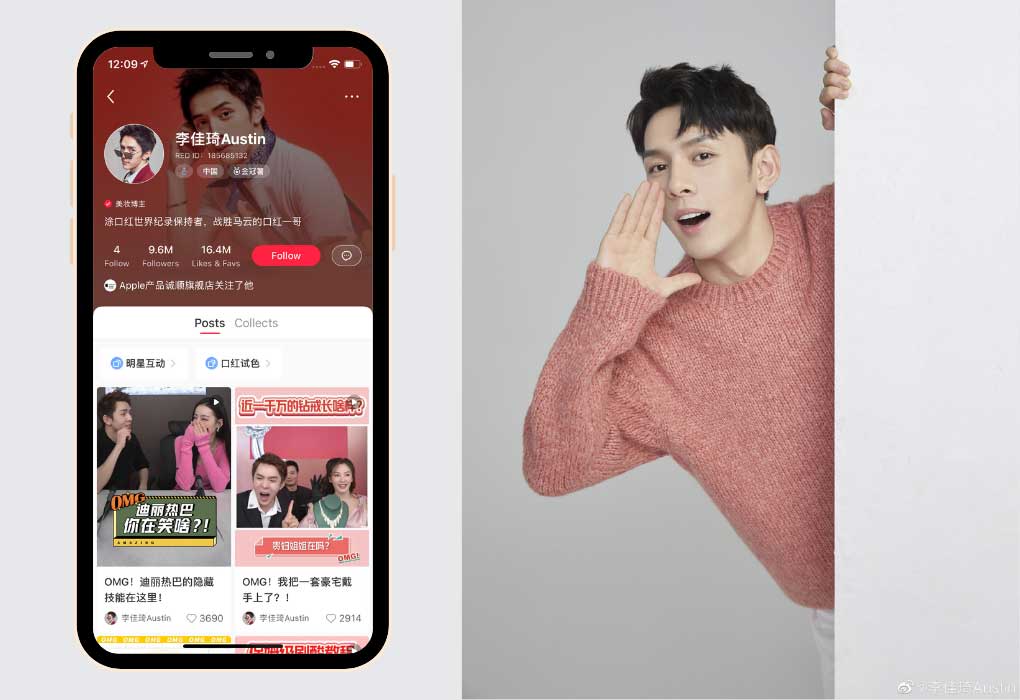
This phenomenon is commonly known as “KOL effect” or “KOL marketing.” KOLs also have the ability to introduce and popularize new beauty trends in China. Their influence extends beyond just product recommendations, as they are trendsetters who shape the entire beauty landscape. They showcase the latest makeup techniques, skincare routines, and innovative products, which quickly gain popularity among their followers.
For example, AngelaBaby became the brand ambassador for Dior Beauty in 2017. AngelaBaby, a popular Chinese actress and model, worked closely with Dior to promote their beauty products in various campaigns and events. She appeared in Dior’s advertising campaigns, showcasing their makeup and skincare products. AngelaBaby’s elegant and sophisticated image perfectly aligned with Dior’s luxurious brand identity, making her a great choice for this collaboration.

In recent years, KOLs have become an integral part of marketing strategies for beauty brands in China. Companies leverage their influence to reach a wider audience and increase brand exposure. By partnering with KOLs, brands gain access to their loyal fan base, which can result in increased brand awareness, higher sales, and improved customer engagement.
We are your local partner in China! Contact us!
The E-commerce beauty sector in China has witnessed significant growth and transformation in recent years. The rise of online shopping platforms, social media influence, and the increasing purchasing power of Chinese consumers have all contributed to the booming e-commerce beauty industry.
One major trend is the popularity of skincare products. Chinese consumers are becoming more conscious about their skincare routines and are willing to invest in high-quality products. This has led to a surge in the demand for skincare brands, both domestic and international, on e-commerce platforms.
Another trend is the rise of live-streaming and influencer marketing. Chinese consumers heavily rely on recommendations and reviews from influencers when making purchasing decisions. Livestreaming has become a popular way for beauty brands to showcase their products and engage with potential customers, leading to increased sales.
This dynamic and rapidly evolving market presents numerous opportunities for both domestic and international beauty brands.

Collaborating with an agency specialized in the Chinese market is the best way to achieve your goal and increase your Return On Investment. As all companies are different, the marketing and advertising strategy must be tailored according to their needs and within their financial means.
Proud of the success of the companies we have helped over the years, we know exactly what a certain company needs.

Thus, if you have questions about selling, advertising, exporting, etc. your cosmetics in China, contact us directly, and we will reply to you within 24 hours.

